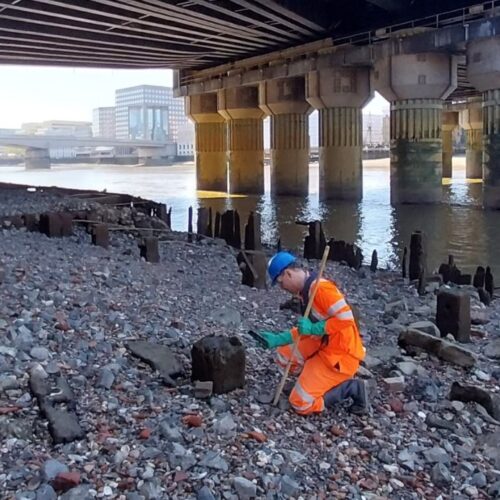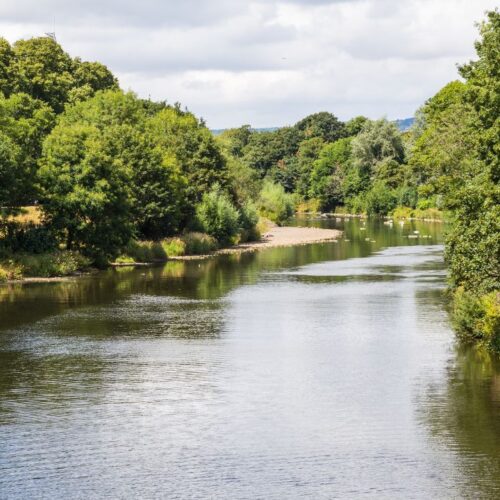The presence of plastic in the oceans is a big concern, especially as it accumulates in the food chain. When analysing the diversity and abundance of invertebrate animals in our sediment samples, we are often asked to record the presence and nature of plastic fragments. Usually we encounter two types: small fragments of items such as fishing nets or waste, and microbeads that are found in toothpaste and cosmetic scrubs.
We have published articles on the problem of plastics in the sea before, but here we can actually see some images from samples that we have analysed of animals from the soft sea bed in a British estuary, which clearly show that they are covered in blue plastic microbeads. The microbeads are approximately 0.02 mm (20 micrometer) long.
Each year, 8 million tonnes of plastic enter our oceans. These particles are found at the sea surface, on shorelines and on the sea bed, and can be found even in the remotest areas of the globe. Once microplastics are in the environment they are impossible to get rid of, so preventing the release of plastics into our waterways and oceans should be a matter of priority. If we continue polluting our oceans with plastic at this rate, by 2050 the oceans will contain more plastic – by weight – than fish.
In a recent and positive development, Environment Secretary, Michael Gove, has confirmed that legislation will be introduced this year to ban the sale
and manufacturer of microbeads. He has also pledged action to reduce plastic waste in the world’s oceans and set out his ambition for the UK to lead
the world in environmental protection. Speaking at WWF UK recently, he said, “Last year the government launched a consultation on banning microbeads
in personal care products, which have such a devastating effect on marine life. We are responding to that consultation today and we will introduce
legislation to implement that ban later this year.”
Image: Head of scale worm Sthenelais boa (scale = 2 mm)











